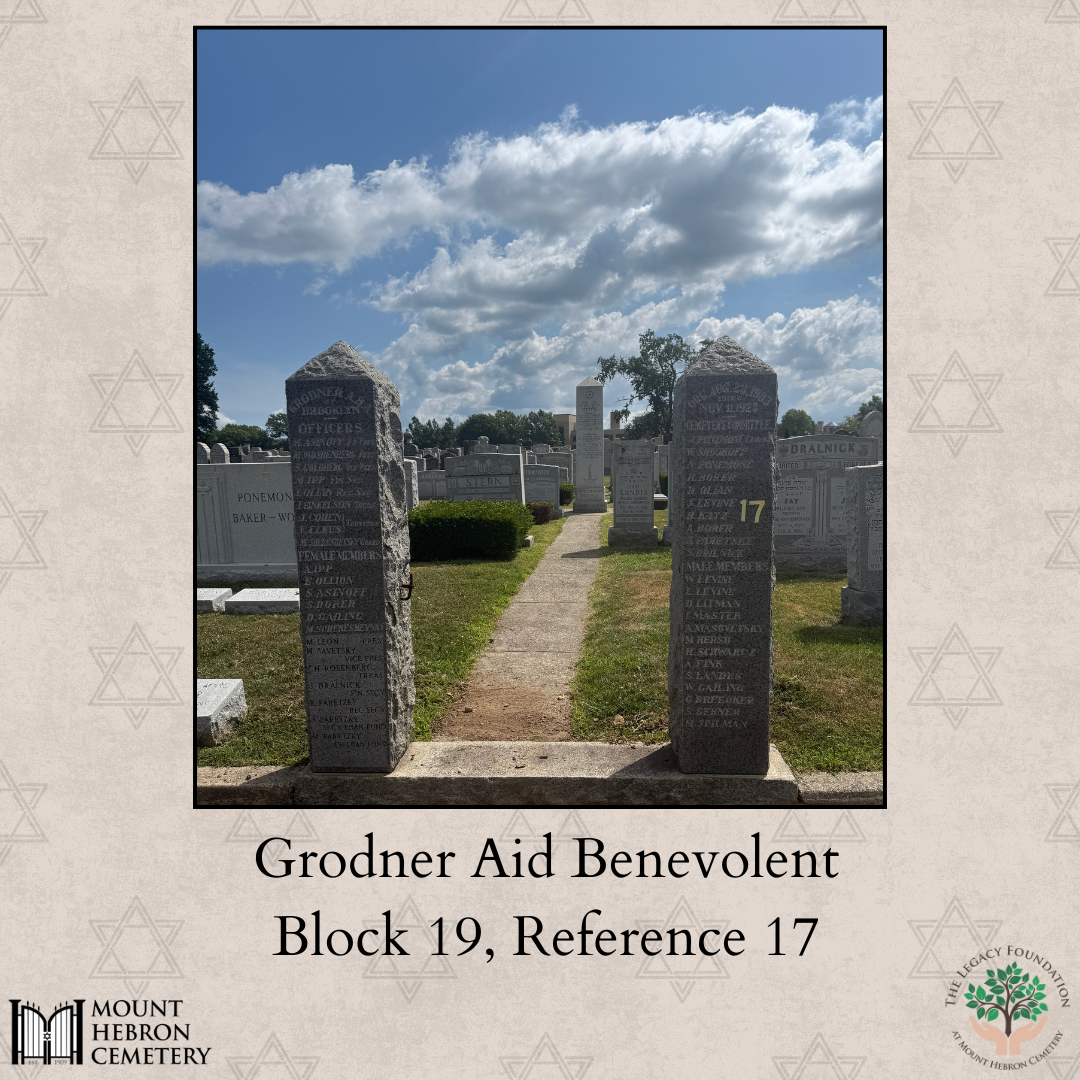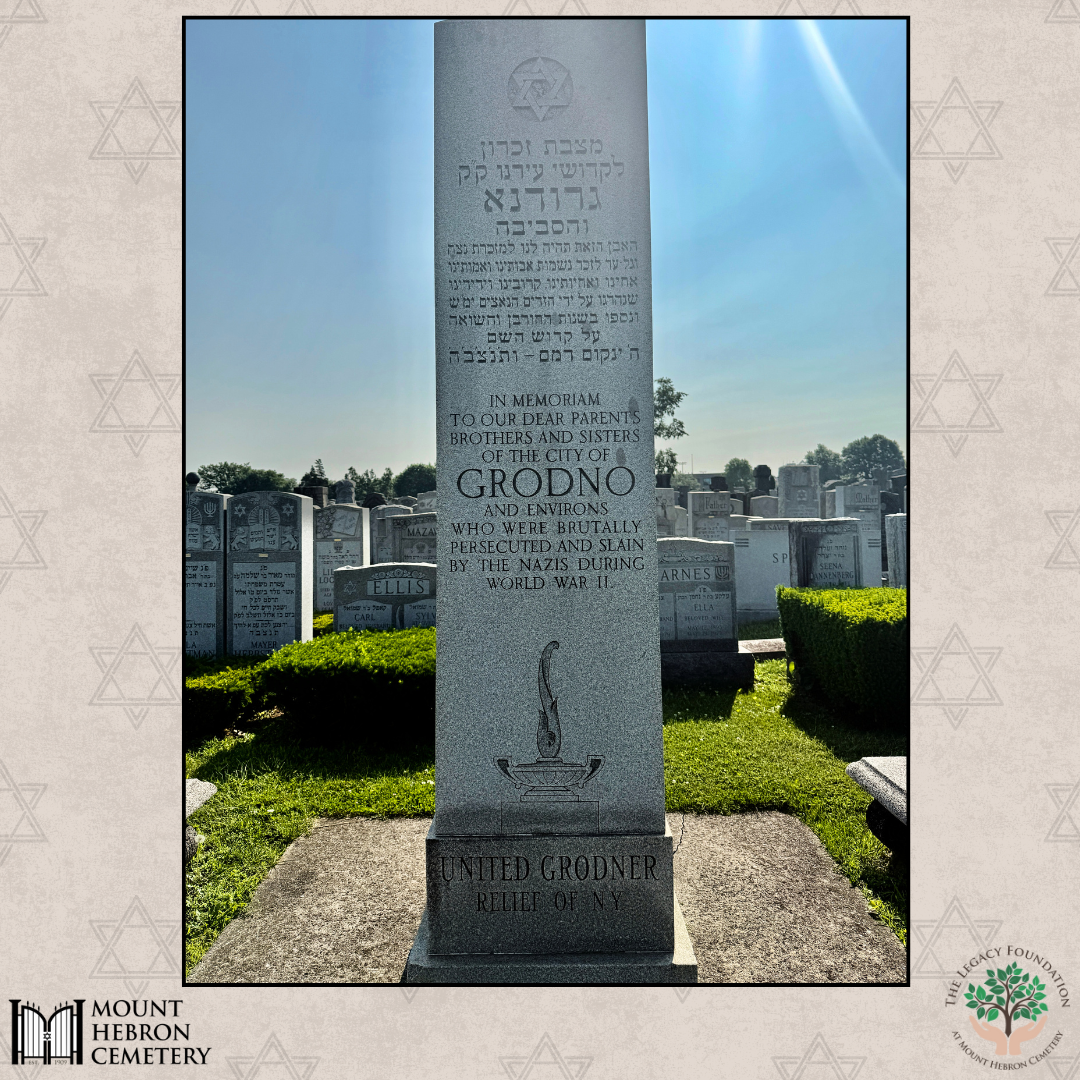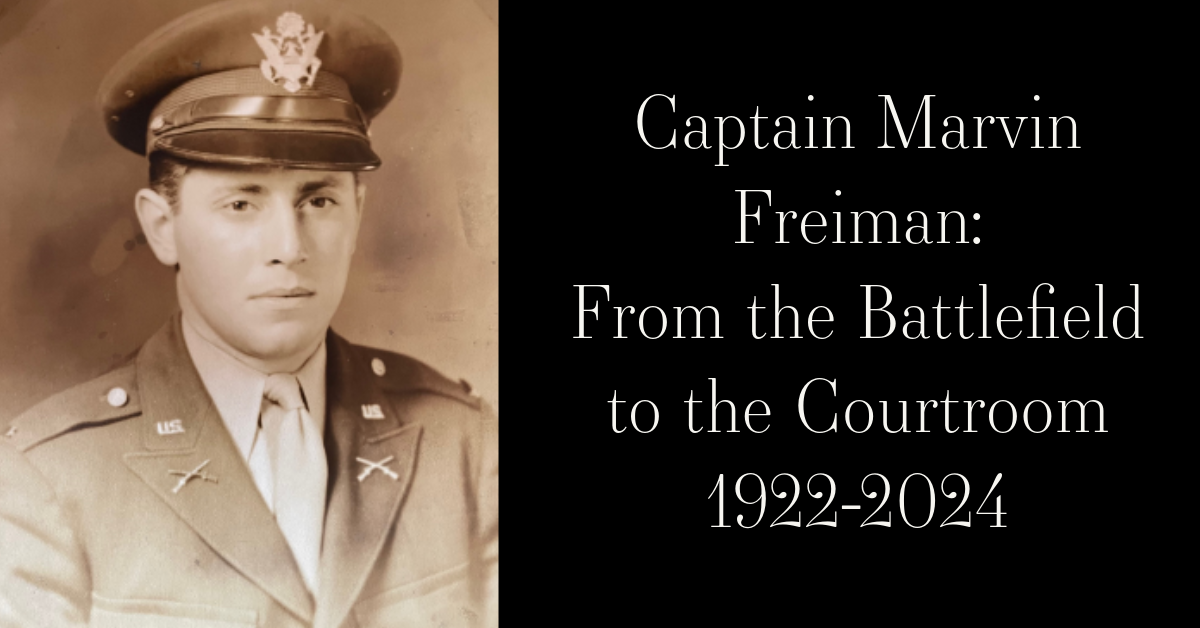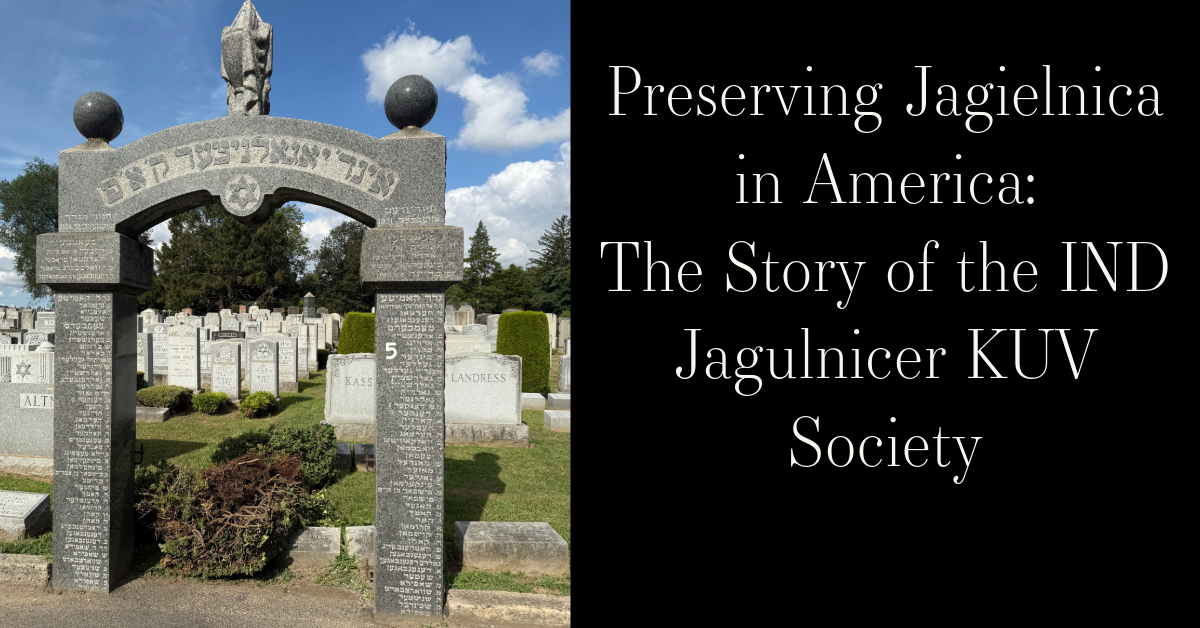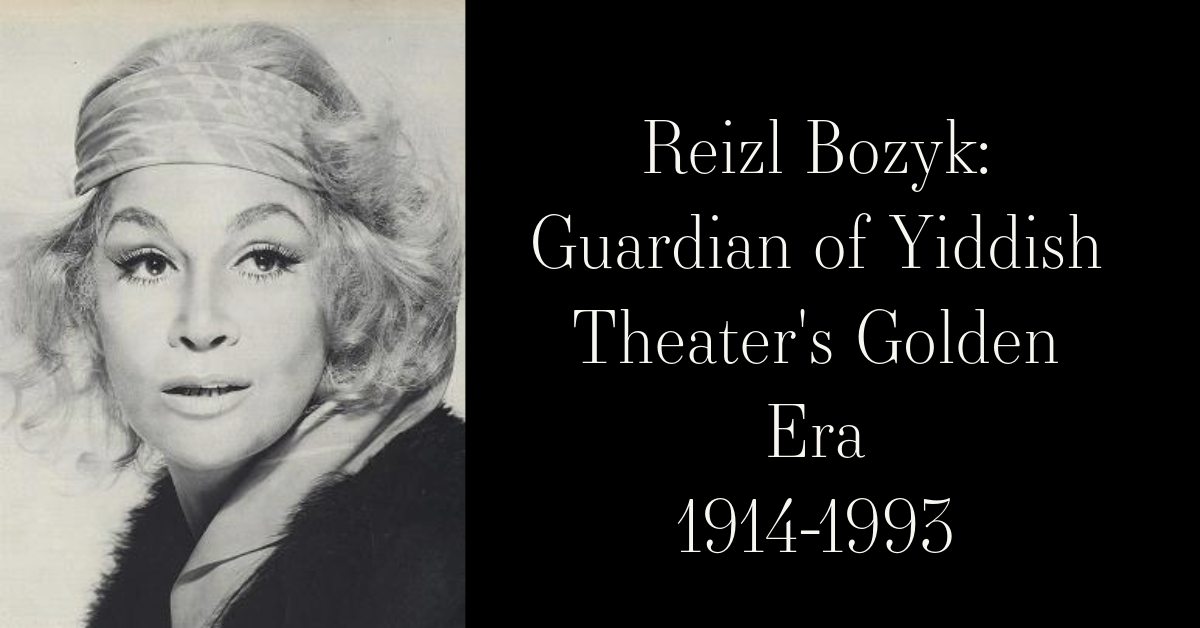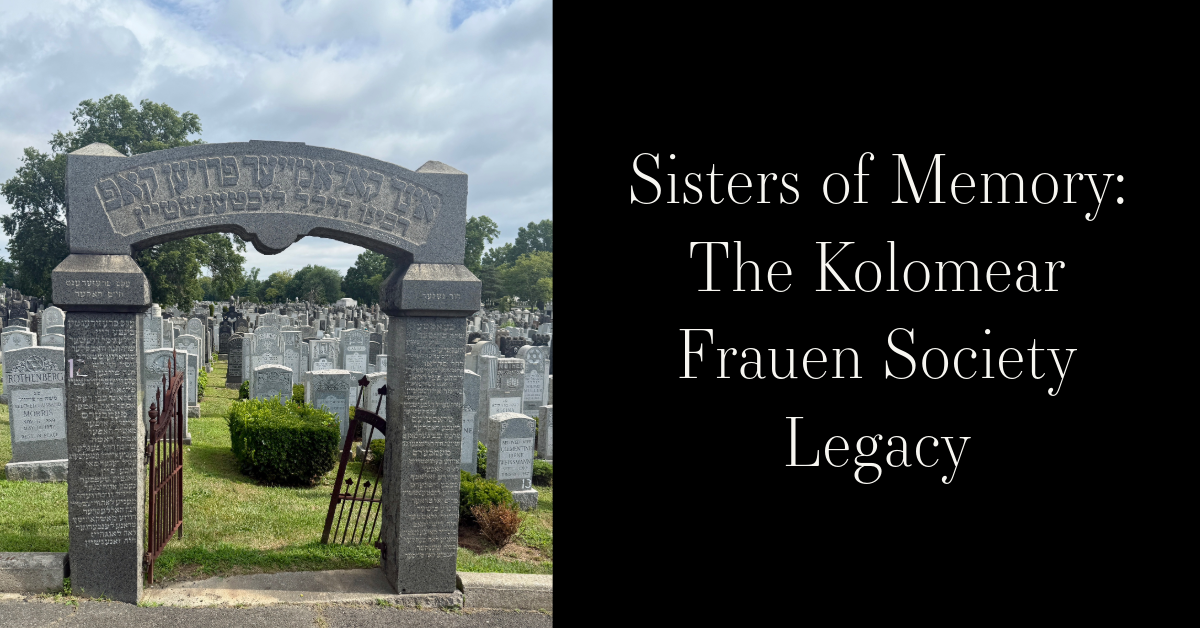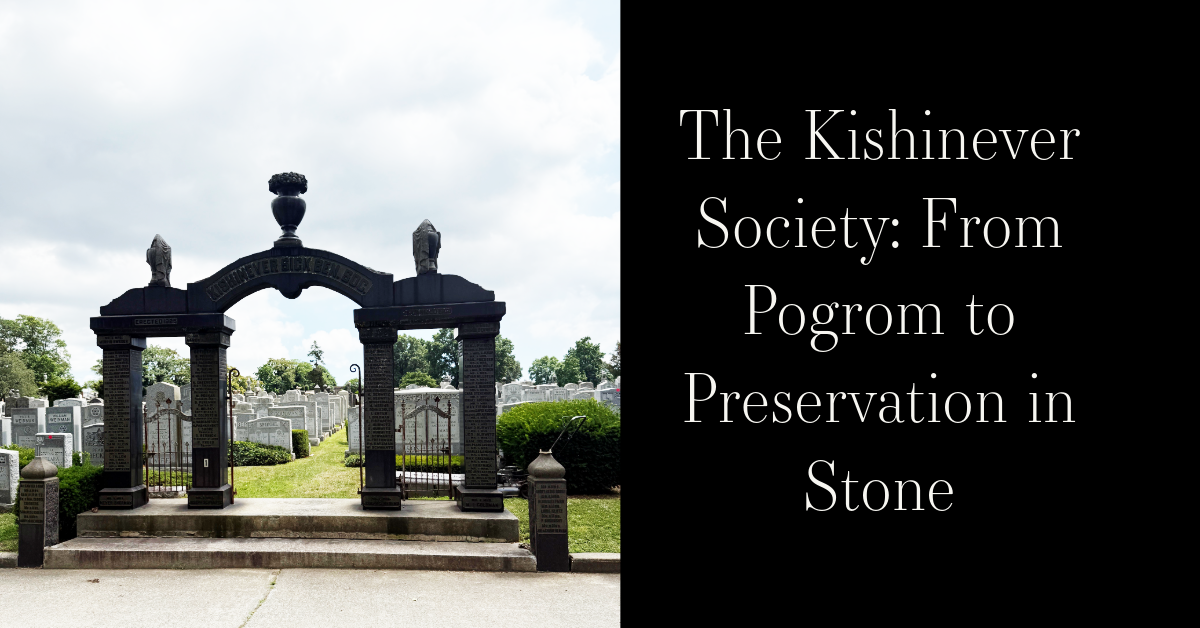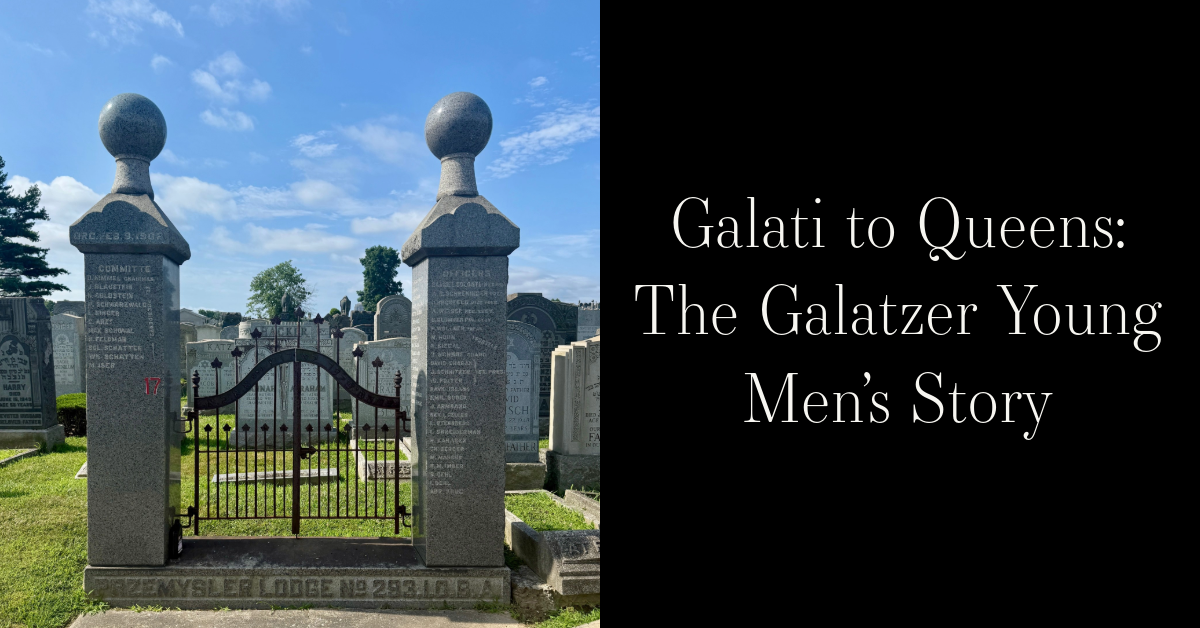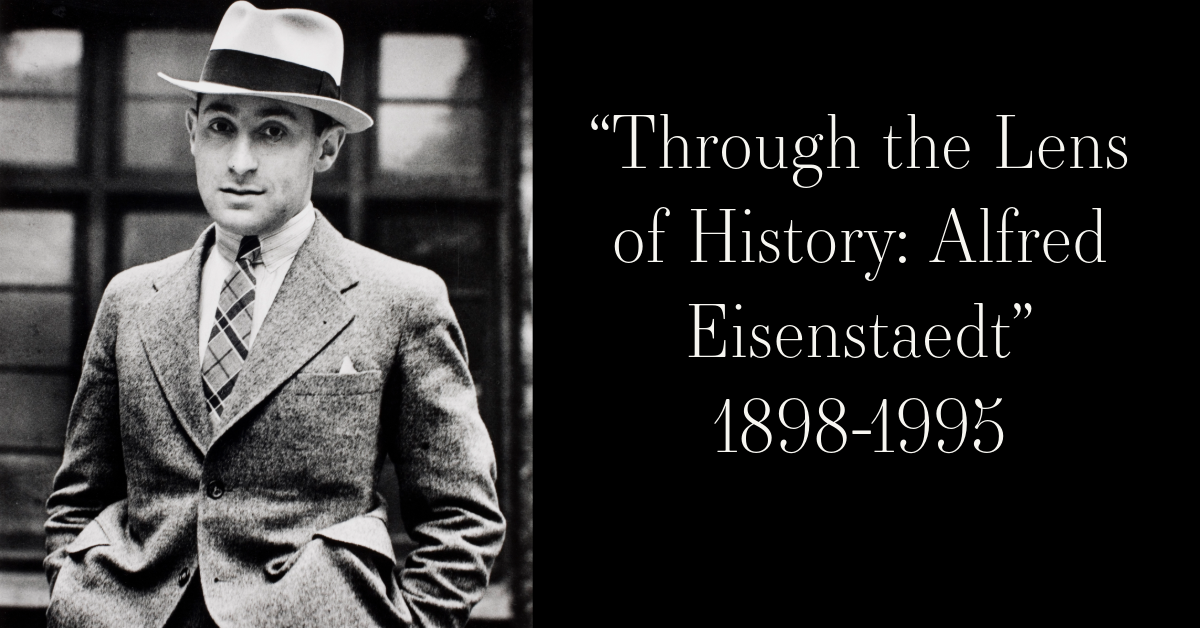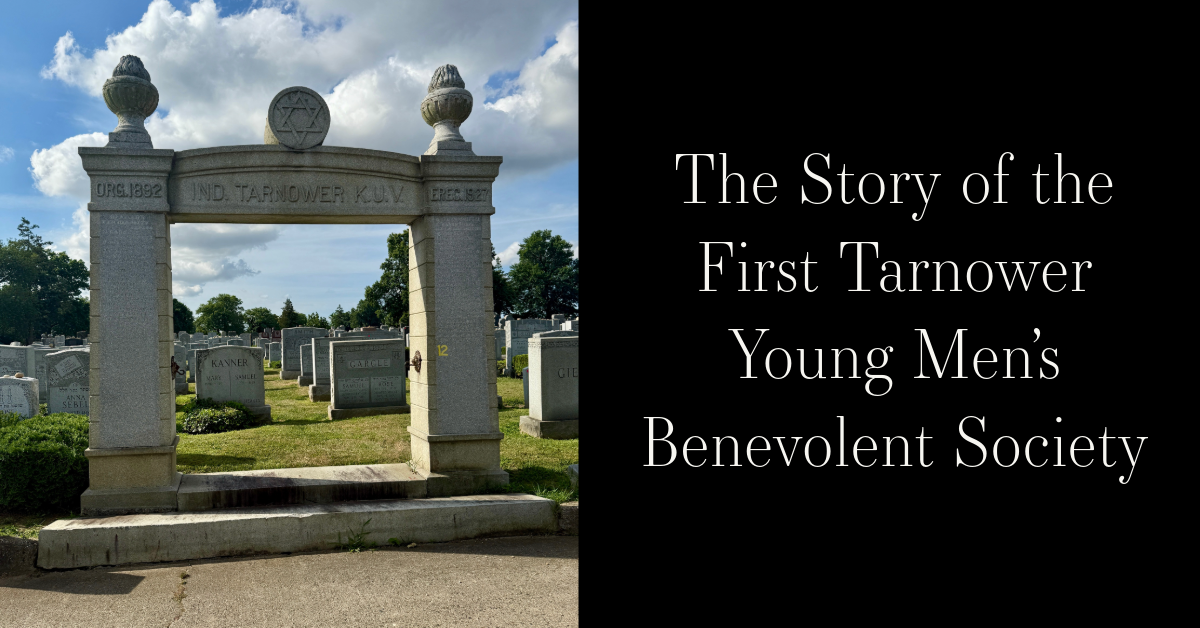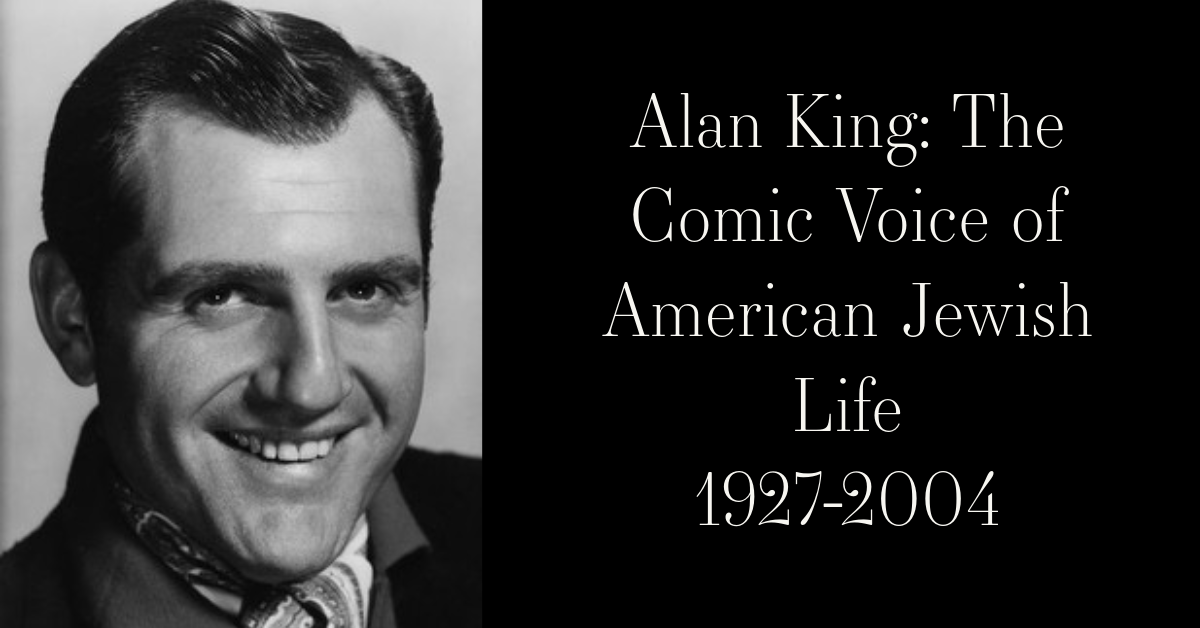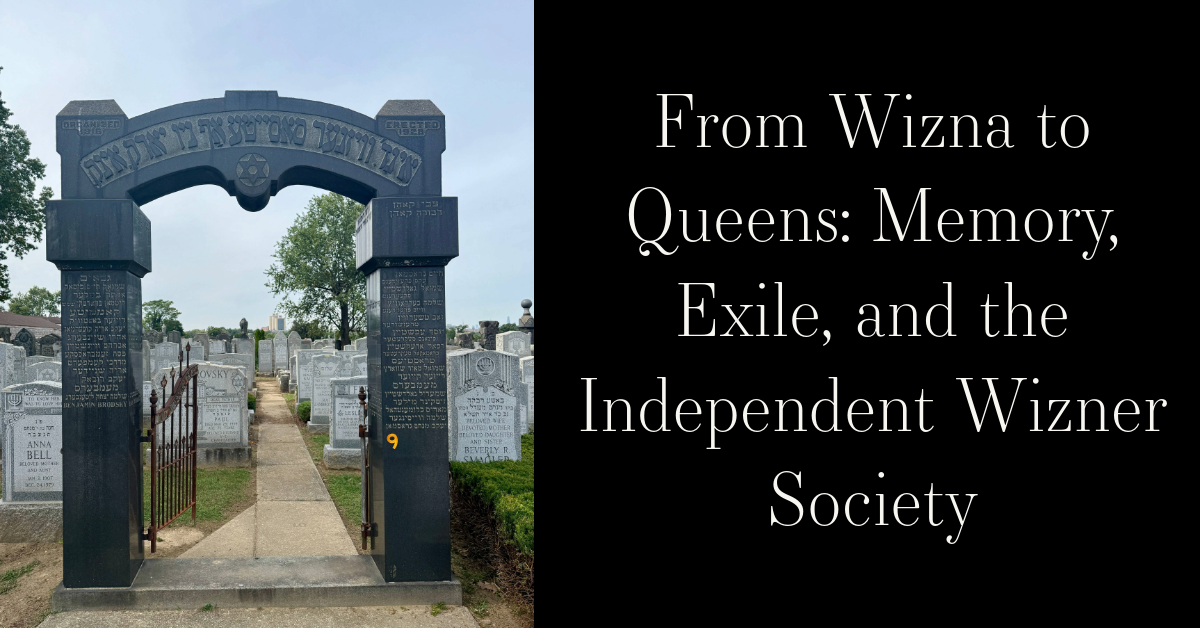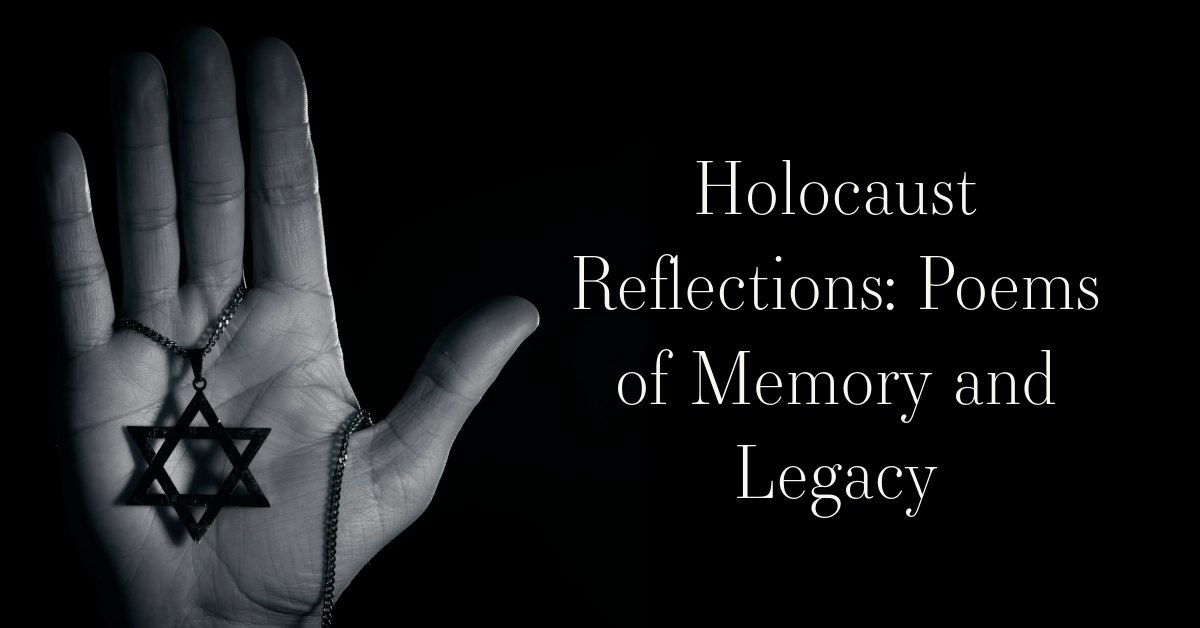Story Summary:
The Grodner Aid Benevolent Society was a Jewish immigrant mutual aid organization formed in New York by Jews from Grodno, a historic city in present-day Belarus known for its rich Jewish life and rabbinic scholarship. Founded in the early 20th century, the society provided members with burial support, sick benefits, and a communal network rooted in their shared heritage. It established burial plots in cemeteries like Mount Hebron, preserving the memory of Grodno's vibrant Jewish community, which was largely destroyed during the Holocaust. Through its work, the society offered both practical aid and a lasting connection to the lost world of Eastern European Jewry.~Blog by Deirdre Mooney Poulos
From Grodno to New York: The Story of the Society
Among the many Jewish immigrant societies founded in New York in the late 19th and early 20th centuries, the Grodner Aid Benevolent Society holds a unique place in preserving the legacy of a once-prominent Jewish community. Formed by immigrants from Grodno, a city in what is now western Belarus, the society followed the tradition of landsmanshaftn—organizations created by Jews from the same town or region to support one another in a new and often uncertain land. The Grodner Aid Benevolent Society offered its members financial assistance in times of sickness or death, organized burial arrangements, and helped maintain a sense of community and continuity for those far from their homeland. It was one of many such societies that purchased plots in cemeteries like Mount Hebron in Queens, where gates bearing the names of these hometowns now stand as monuments to memory and belonging.
Grodno, known in Yiddish as Horodno, was one of the most important Jewish centers in Eastern Europe for centuries. Located near the borders of Poland and Lithuania, Grodno was part of the Grand Duchy of Lithuania and later the Russian Empire. Its Jewish population flourished beginning in the 16th century, developing into a hub of rabbinic scholarship, commerce, and communal life. Grodno was home to several yeshivot, printing presses, and synagogues, including one of the oldest surviving wooden synagogues in Europe. By the 19th century, Grodno had a large Jewish majority, with Jews deeply integrated into the city’s economic and cultural life. However, the rise of antisemitic legislation under the Russian Empire, conscription into the czar’s army, and periodic outbreaks of violence prompted many Grodno Jews to emigrate. Beginning in the 1880s and accelerating into the early 20th century, thousands left for the United States, particularly New York.
The Grodner Aid Benevolent Society was founded by and for these immigrants. Members paid regular dues, which funded benefits such as sick pay, funeral expenses, and burial plots. These societies provided support when members faced illness, unemployment, or the death of a family member. They also organized social events, cultural programs, and religious observances that maintained ties to the customs and language of Grodno. The society’s plot in Mount Hebron Cemetery is one of the many physical manifestations of these efforts, where Grodno-born immigrants and their families could be buried with dignity among those who shared their origins and traditions. The cemetery gates and records often include both English and Hebrew inscriptions, emphasizing the dual identity carried by many Jewish immigrants of the period.
During the Holocaust, Grodno’s Jewish community was largely destroyed. In 1941, the Nazis occupied the city and established ghettos where thousands of Jews were confined under horrific conditions. Between 1942 and 1943, the Jewish population of Grodno was deported to extermination camps such as Auschwitz and Treblinka, or murdered locally. Very few survived. The Grodner Aid Benevolent Society, founded decades earlier in New York, thus became one of the few remaining links to the rich Jewish life that once thrived in the city. For the descendants of Grodno’s Jews, the society’s burial grounds, records, and communal efforts serve not only as a source of heritage but as a tribute to those who were lost.
Though many such societies have faded over time, their legacies endure through cemetery records, memorial books, and archival materials preserved in institutions such as the New York Public Library and Jewish genealogical societies. The Grodner Aid Benevolent Society stands as a testament to the strength of immigrant solidarity and the importance of preserving memory. It reflects a common story shared by many Jewish immigrants who left behind persecution and built new lives in America while holding fast to the identities formed in the towns and cities of Eastern Europe.
~Blog by Deirdre Mooney Poulos
Work Cited:
JewishGen Communities Database – Grodno: https://www.jewishgen.org/Communities/
Yad Vashem – Grodno Memorial Pages: https://www.yadvashem.org
United States Holocaust Memorial Museum – Grodno: https://encyclopedia.ushmm.org
Jewish Genealogical Society of New York – Burial Society Records: https://www.jgsny.org
Find A Grave – Mount Hebron Cemetery: https://www.findagrave.com/cemetery/65403/mount-hebron-cemetery
New York Public Library – Landsmanshaftn and Memorial Books: https://www.nypl.org
Jewish Virtual Library – History of Jews in Belarus: https://www.jewishvirtuallibrary.org


